Five bugs that are a sign of clean water
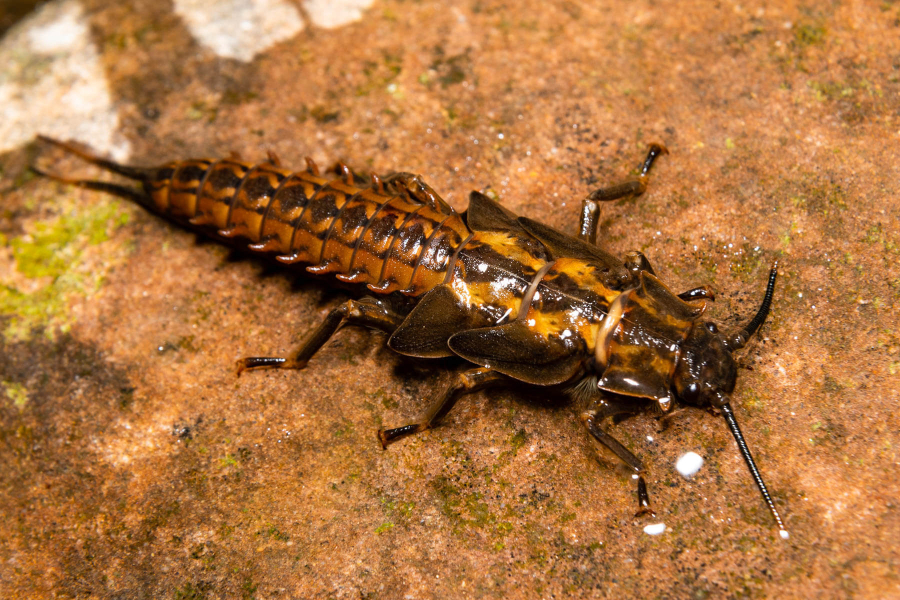
Each spring, scientists, natural resource managers and volunteers head out into streams to check up on the health of the waterways. Armed with buckets and nets, they are searching not for water samples, but for bugs—insects that live the first part of their life underwater. These larval-staged bugs, called macroinvertebrates, live in the streams for a few months to a few years looking for food. Each different type needs a certain set of conditions to survive, so their presence or absence in waterways says a lot about quality and health of the water. The following are some of the most common macroinvertebrates measured by scientists in the Chesapeake Bay watershed.
Mayflies (Ephemeroptera)
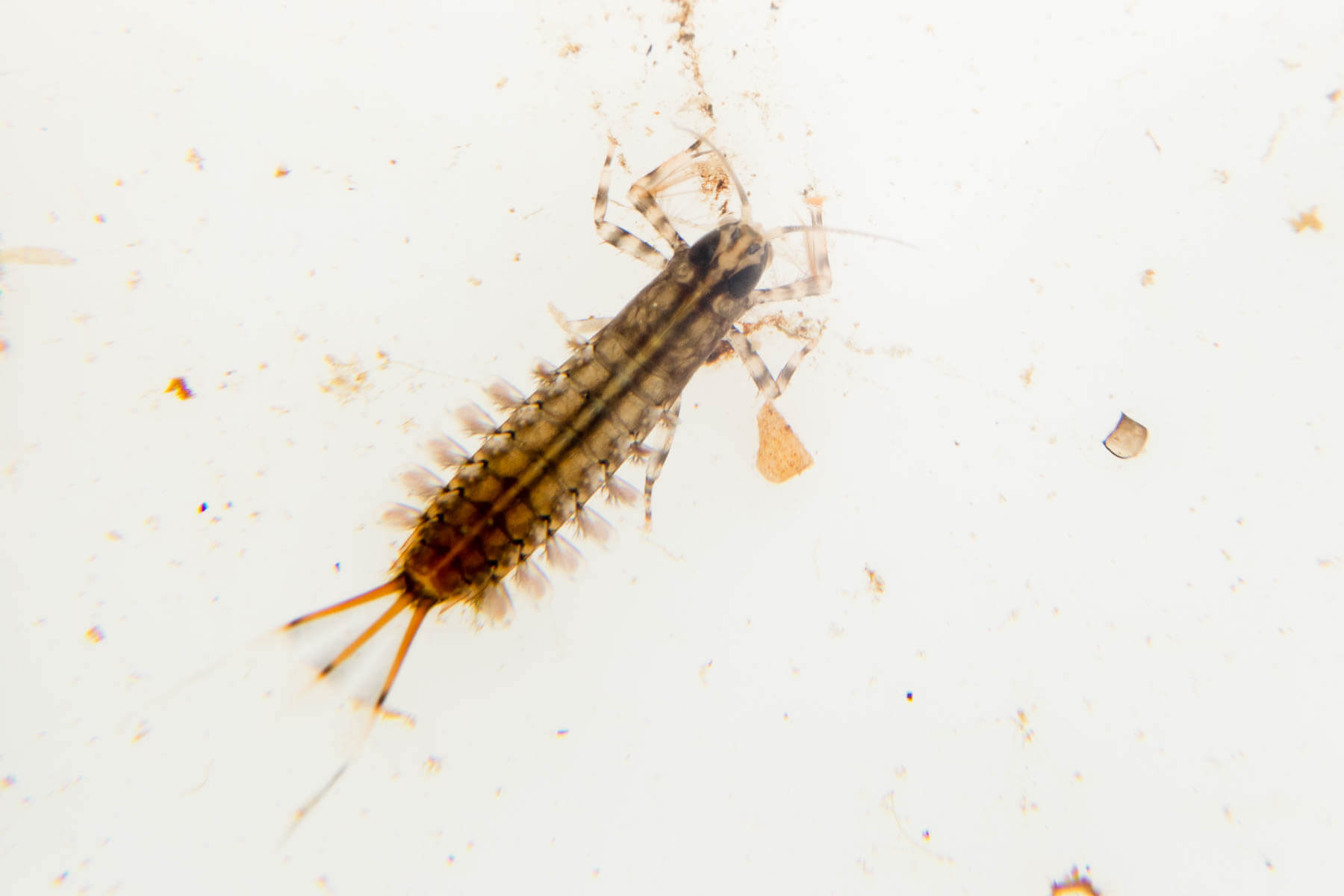
Mayflies live in some of the best quality water, preferring clean, cold, fast-flowing streams. Larval mayflies will live in the stream for about one year, grazing on algae or bacteria. Though they live for only a single day, the mayfly adults – known as “spinners” to the fishing crowd – are a favorite food of another clean water-loving creature, the brook trout. Identifying characteristics of larval mayflies include three tails (sometimes two), and flattened gills that are attached to the outer edge of the body.
Stoneflies (Plecoptera)
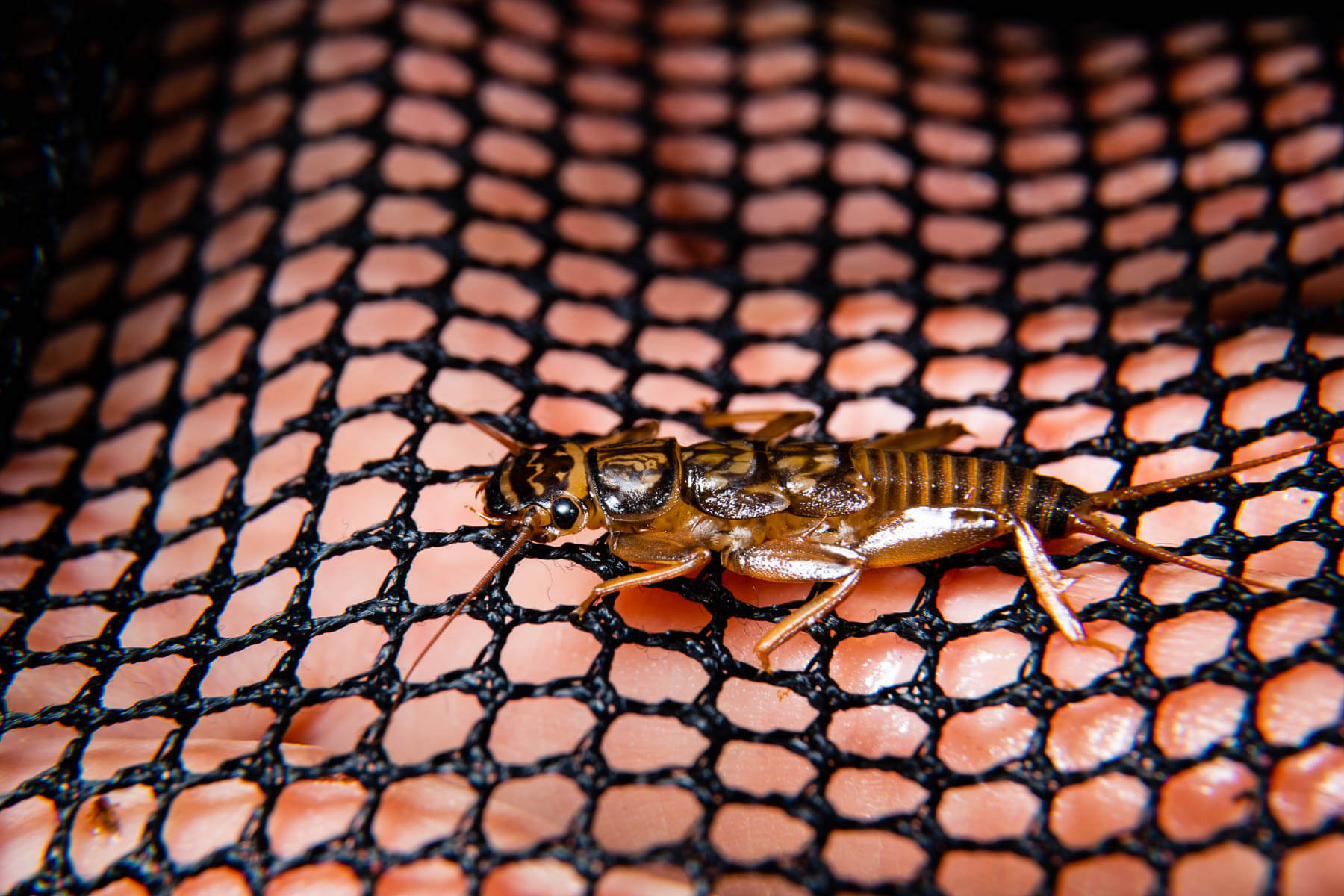
Stoneflies also require clean, fast-flowing water to survive. They have a varied diet, feeding on other aquatic insects and decaying plant materials. They live in the water for as long as three years as a juvenile, while adults reside there for several weeks. Stoneflies are very sensitive creatures that dislike when their habitat is disturbed, so they’re excellent to track over time. You can Identify them by their two tails and hair-like gills that are on their body or grouped around their legs.
Caddisflies (Trichoptera)
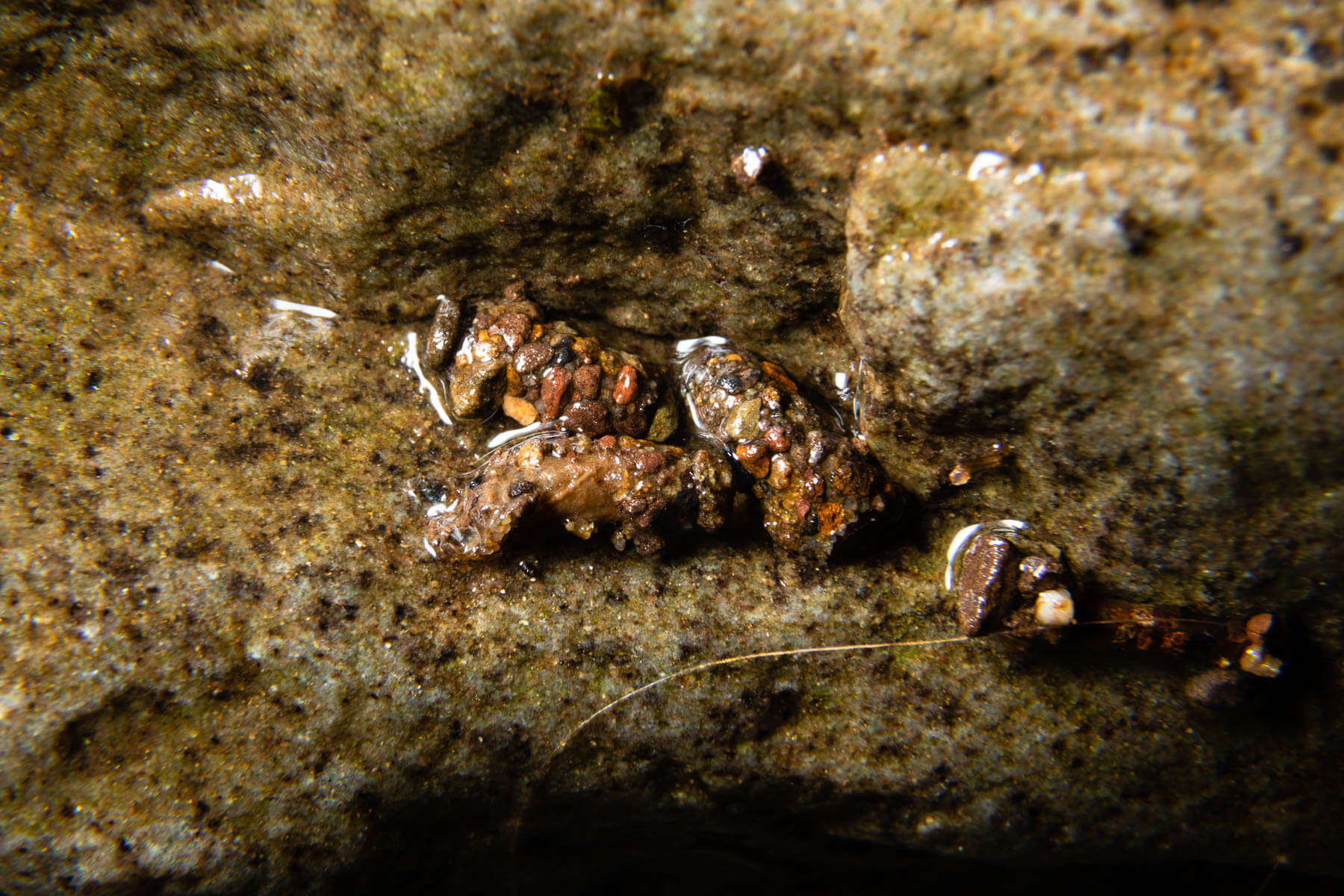
Caddisflies are heartier macros, living in a wider range of water quality conditions including slightly degraded or polluted streams. Depending on the species, caddisfly diets range from bacteria to plants to other insects. Larval caddisflies can spin silk from a gland in their mouth which they use to build a case around their body or a net to catch food. The cases can be elaborately made using sticks, leaves, rocks or sand grains. When caddisfly macros are ready to transform into adults, they use their silk to build a cocoon on rocks in the water. They emerge as adults after a few weeks and can live for several more.
True Flies (Diptera)
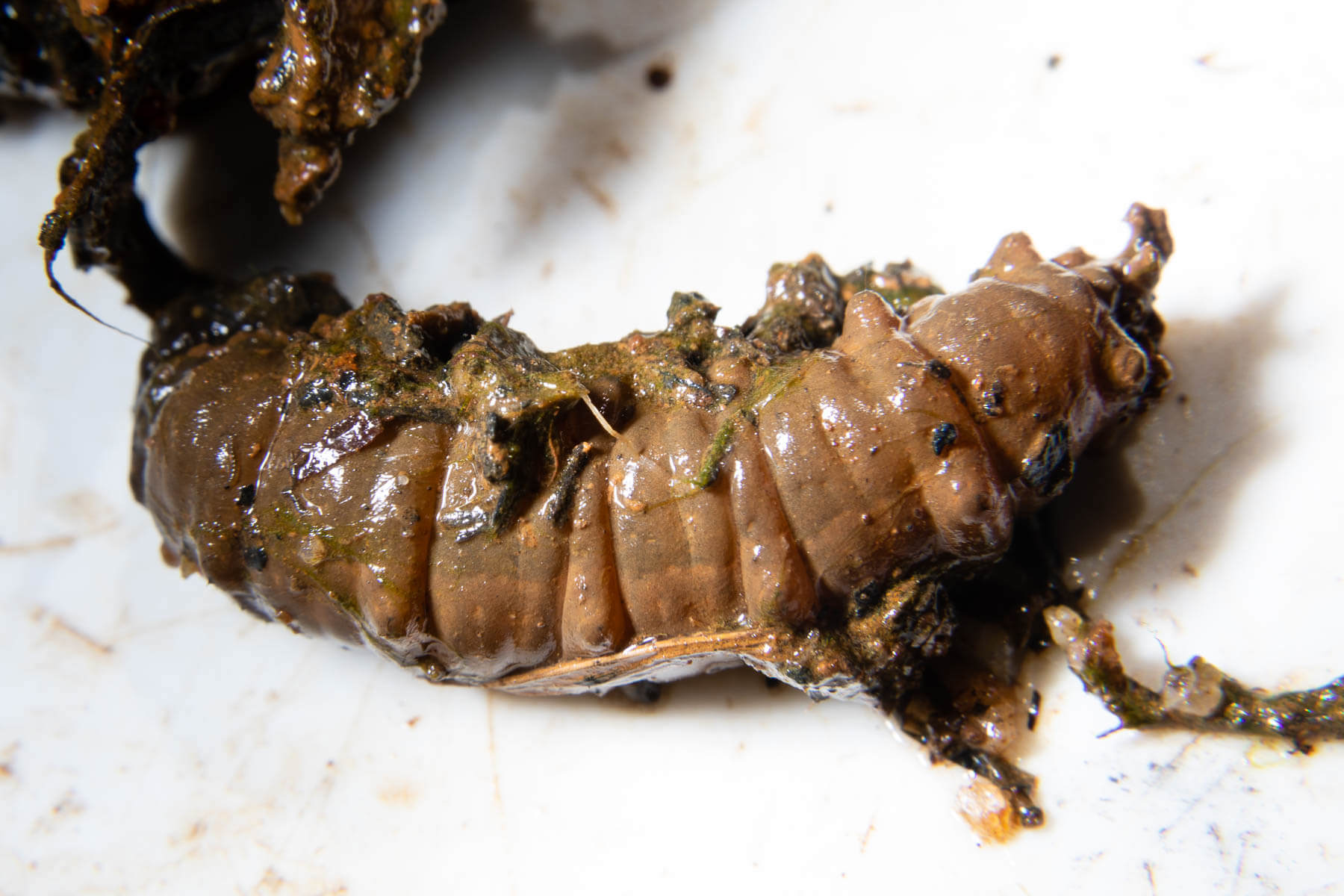
Many of the insects people dislike, such as mosquitos, midges, blackflies and horseflies are true flies—though these are only a small percentage of a vast order. True flies include any insect with only one pair of flight wings and a pair of modified hind wings called halteres. The creatures serve as an abundant food source for many well-loved species and in many cases are even important pollinators. They are tolerant of poor water conditions, so they will be found in degraded and polluted streams.
Dragonflies and Damselflies (Odonata)
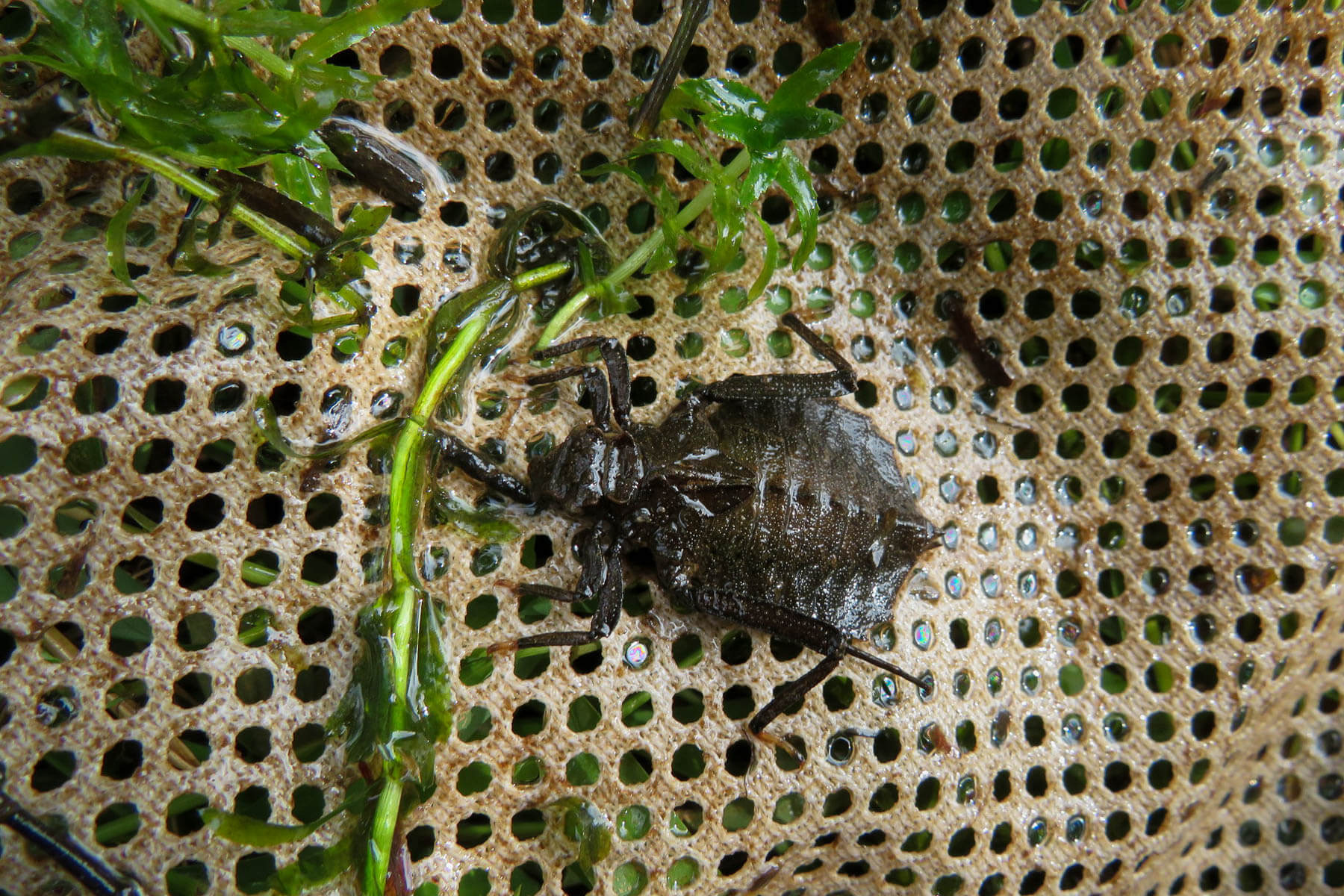
Dragonflies and damselflies are commonly found in shallow, non-flowing waterbodies like ponds and wetlands. Dragonflies have huge wraparound eyes and flat, wide airplane wings at rest, while damselflies are daintier, with space between their eyes and wings demurely folded on their slender bodies when at rest. Both are predatory and hunt a variety of prey including small fish, tadpoles and other aquatic insects. They have well-developed, movable lower jaws to snatch prey as it swims by, and they are the longest lived of our macroinvertebrate group. The nymph stage (the stage before full maturity) for dragonflies and damselflies can last up to seven years, while the adults can also live for multiple years and may even migrate to avoid harsh winters.
Just like forage species and plankton, macroinvertebrates play an important role in the food web, while also serving as an indicator of water quality health. Next time you are near a stream in early spring, check to see if you can find these insects starting their life in what will likely be a health waterway.

Comments
Are dragonflues a sign of a healthy pond?
Great article. I am retired from working with students in environmental Ed. This was one of my favorite activities. The students loved exploring the creeks and streams looking for life. My goal was to find a water Penny but never did. Worked in souther Prince George’s county. Accokeek creek.
Thank you!
Your comment has been received. Before it can be published, the comment will be reviewed by our team to ensure it adheres with our rules of engagement.
Back to recent stories